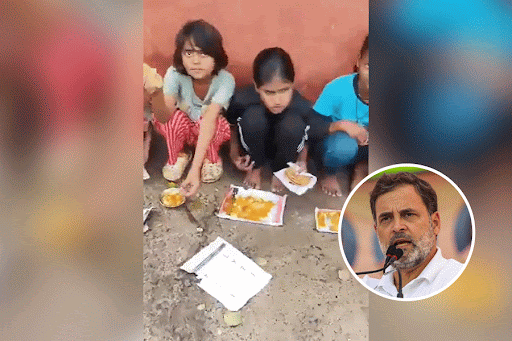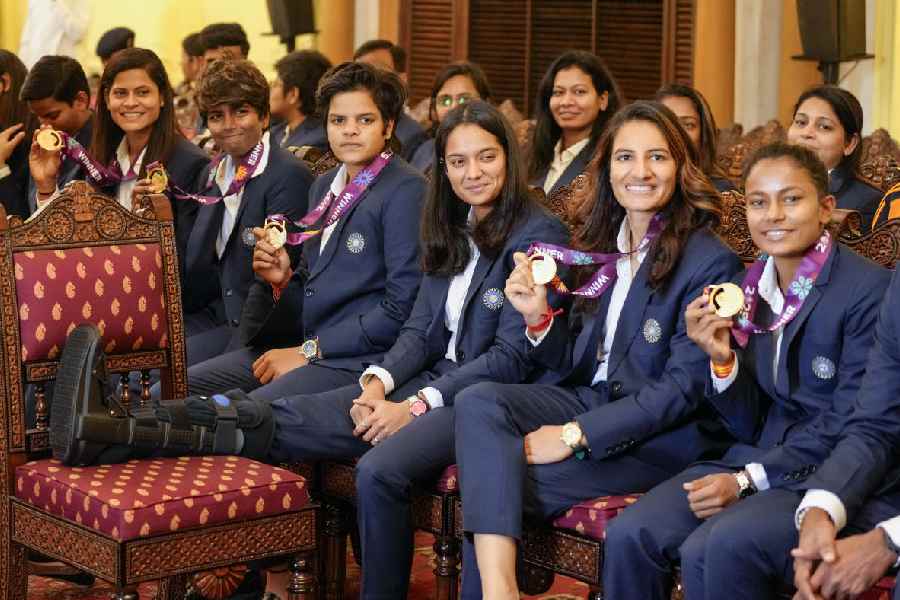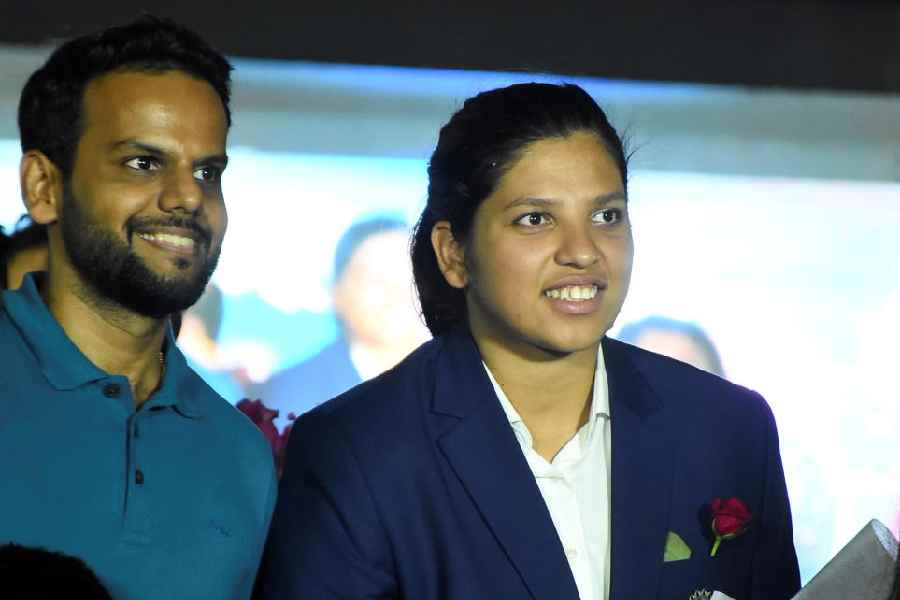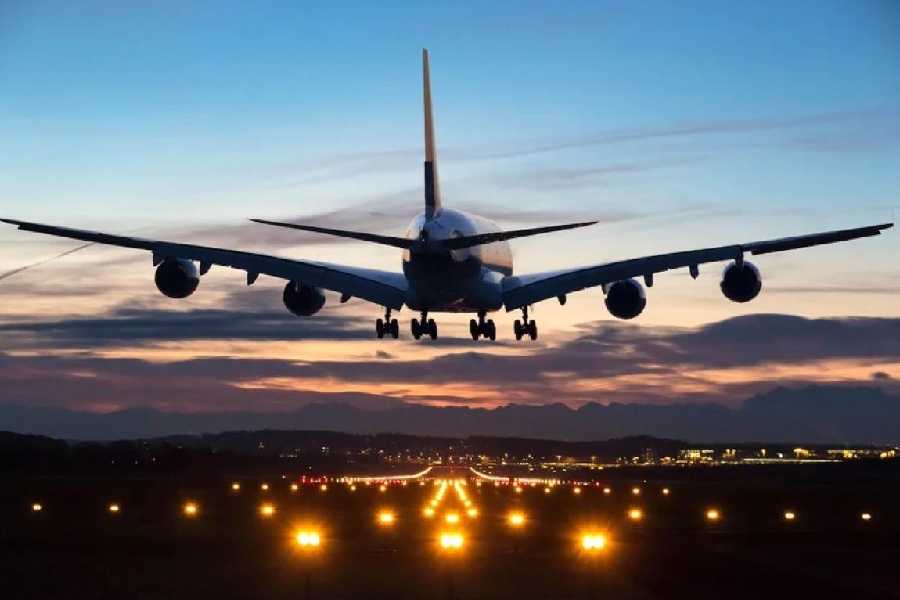Twenty-five people died in the past one week at village Itarra in Ghatampur tehsil of Kanpur district after developing flu-like symptoms, residents say.
Patara, Paras, Bhadras and Jahangirabad — all villages in Ghatampur — have each lost at least 10 people to suspected Covid around the same period.
These are small villages, each with a population between 500 and 1,000. None of them had witnessed a single Covid death during the outbreak’s first wave last year, residents told The Telegraph.
But the second wave seems to be playing havoc in rural Uttar Pradesh although the state government seems to have no figures, especially the death toll, which earned it a rap from Allahabad High Court on Tuesday.
None of the dead in Itarra had undergone Covid tests, conceded Ram Naresh, whose father Raghunadan Verma died on Tuesday night after four days of fever and breathing problems.
“The villagers don’t get themselves tested because nobody would carry them to the cremation ground if they died after testing positive,” he said over the phone.
Nor has the government sent teams to conduct testing as it did last year, people across villages said. But what other than an epidemic could have killed so many in so short a time in a particular area, a villager asked. “And the symptoms are consistent too.”
Naresh said: “The infection started in this area late in April when the campaign for the (April 15-29) panchayat elections was at its peak.”
His fellow Itarra resident Ram Khilawan Prajapati, who lost his father Sita Ram four days ago to suspected Covid, said: “A large number of political workers campaigned despite having mild fever — they just took paracetamol. But they soon began showing other Covid-like symptoms such as diarrhoea, skin rashes, high fever and breathing problems.”
Prajapati reeled off the names of some of those who had died in Itarra in the couple of few days: “Mohammad Jameel, Shivram Tiwari, Guru Prasad, Kunti Devi, Som Wanti, Ram Bali....”
“The villagers were confident they wouldn’t get infected because they had read in newspapers that immunity was very high among rural people. But the second wave proved it false. We are losing two to three villagers every day,” Prajapati said.
All the Covid dead in Itarra were above 60 but several youths are ill too.
Santosh Agnihotri, a resident of Bhadras, which has lost 10 people who showed Covid-like symptoms, said the villagers had contacted the health department after five deaths and were assured a team would be sent.
“But not a single doctor or paramedic has arrived so far,” he said. “Every house in the village has at least one patient with multiple Covid-like symptoms.”
He said a government team had visited Bhadras “sometime between March and July last year” and randomly tested 30 people — none of whom tested positive. But this time the government has sent nobody, he said. Similar reports are coming from elsewhere in Uttar Pradesh too.
Afsana Begum, a resident of village Khuznawar in Saharanpur district, told reporters on Wednesday: “At least 45 people have died in the village in the past 20 days. They get fever and die after three-four days.”
She added: “Two of the dead had tested Covid-positive at a private lab. The government’s team never visited our village in the past six months.”
Adityanath on Wednesday seemed to suggest that his government was Covid-testing people in almost all the state’s 107,000 villages and monitoring their care.
He tweeted from his handle @myogioffice at 12.04pm: “(A total of) 21,242 supervisors have been deployed to check infection in the rural areas of the state and to monitor Covid management. (Altogether) 141,610 teams from the health department are providing medical kits after door-to-door tests in 97,941 villages.”
The tweet didn’t explain what “medical kits” — the exact words spelt in Hindi in the post — referred to.
Health department sources in Lucknow said they only had one report of a testing drive, and it covered just five districts — Adityanath’s turf of Gorakhpur and the adjoining Basti, Deoria, Kushinagar and Maharajganj.
“The health department’s team went door to door visiting 26 lakh households in these districts’ villages between May 1 and 5 and found 45,449 villagers with fever and gave them medicines. Only 764 of them were found Covid-positive,” said A.K. Singh, nodal officer for the Basti division. He said he wouldn’t know about such drives elsewhere in the state.
A doctor at a government hospital in Kanpur sought anonymity to say: “Our seniors ask us to visit the villages in our personal vehicles. They provide us with masks, sanitisers and antigen test kits but we need a full body shield. The villagers ask for the RT-PCR test and shout at us when we say we can’t conduct it. It’s not possible to go there without security.”
A health department official, asking not to be named, said: “We are not collecting the details of deaths from the rural areas. The districts are witnessing at least 70 deaths a day, mostly from Covid. I’m saying this on the basis of bodies reaching the cremation grounds.”
Uttar Pradesh has 75 districts.
Allahabad High Court had on Tuesday rapped the Adityanath government for hiding key facts about Covid treatment facilities and the number of deaths, and failing to comply with earlier orders on furnishing hospitals with life-saving equipment and drugs.
On Wednesday, at least 40 families left Paras village in Ghatampur.
“We are going to our relatives’ places in Kanpur city to save ourselves from Covid, which seems to have turned more severe in the villages than the cities,” a villager told reporters, declining to give his name.
“This would not have happened had the Election Commission postponed the panchayat elections by a few months.”










